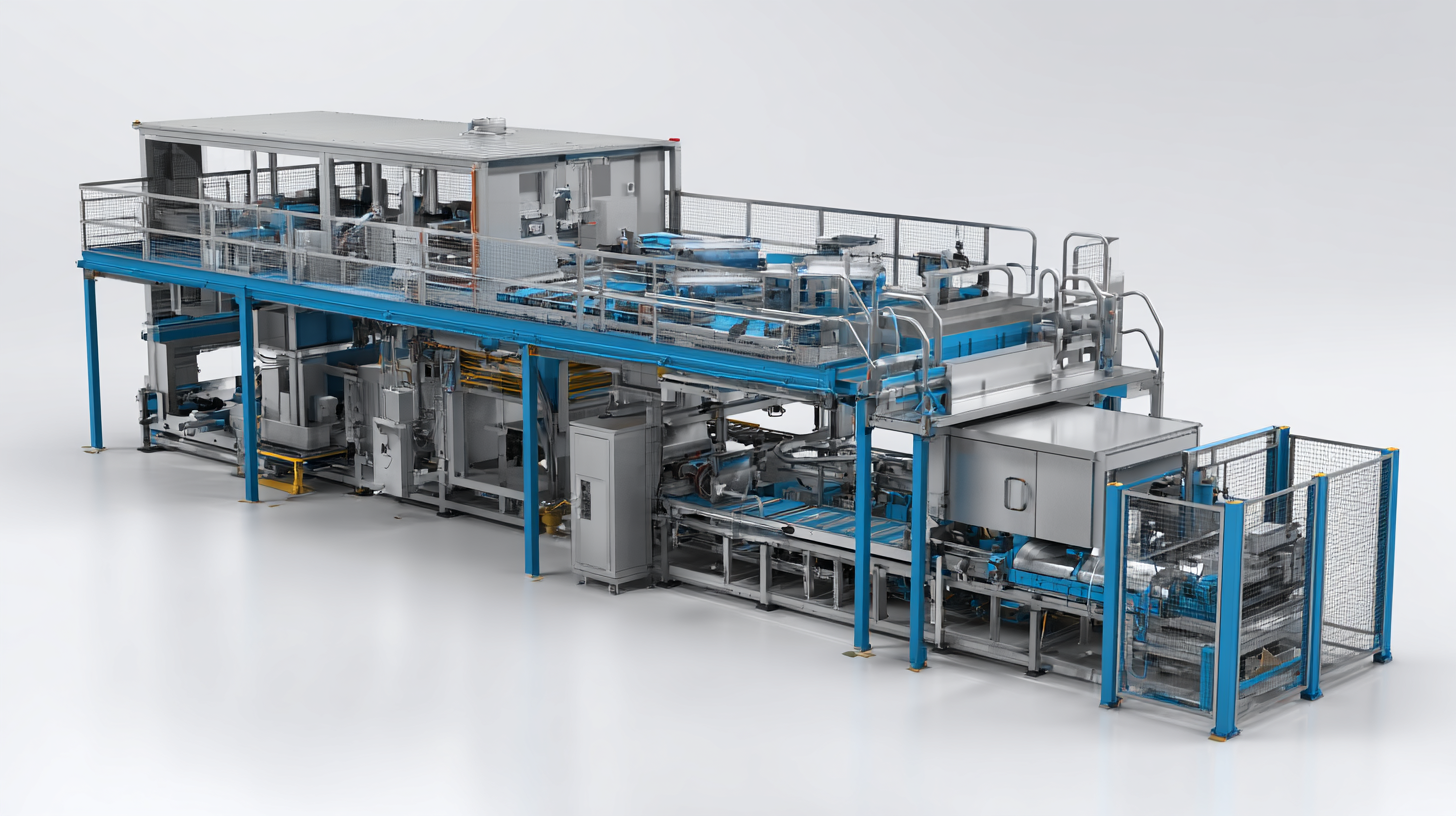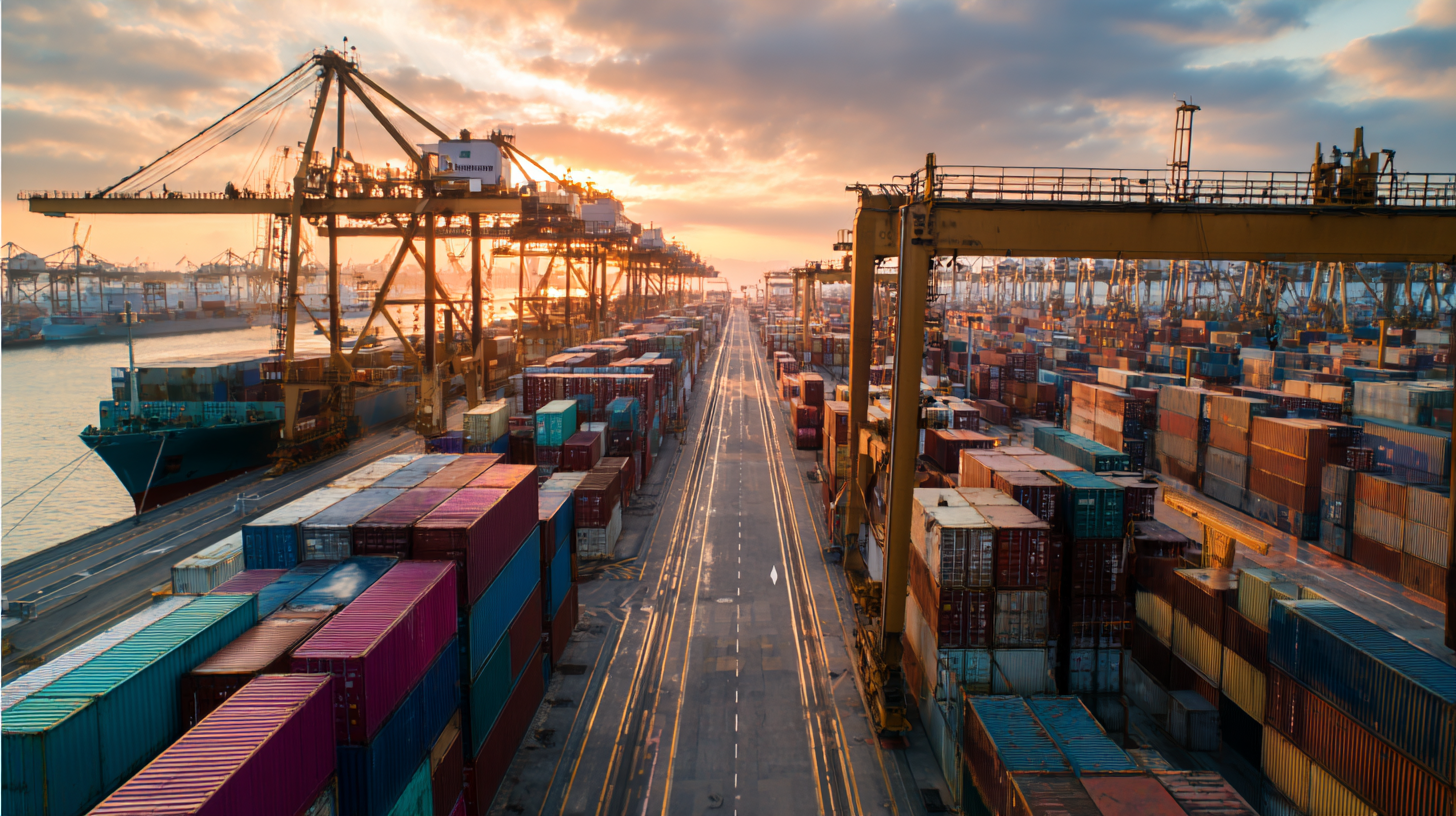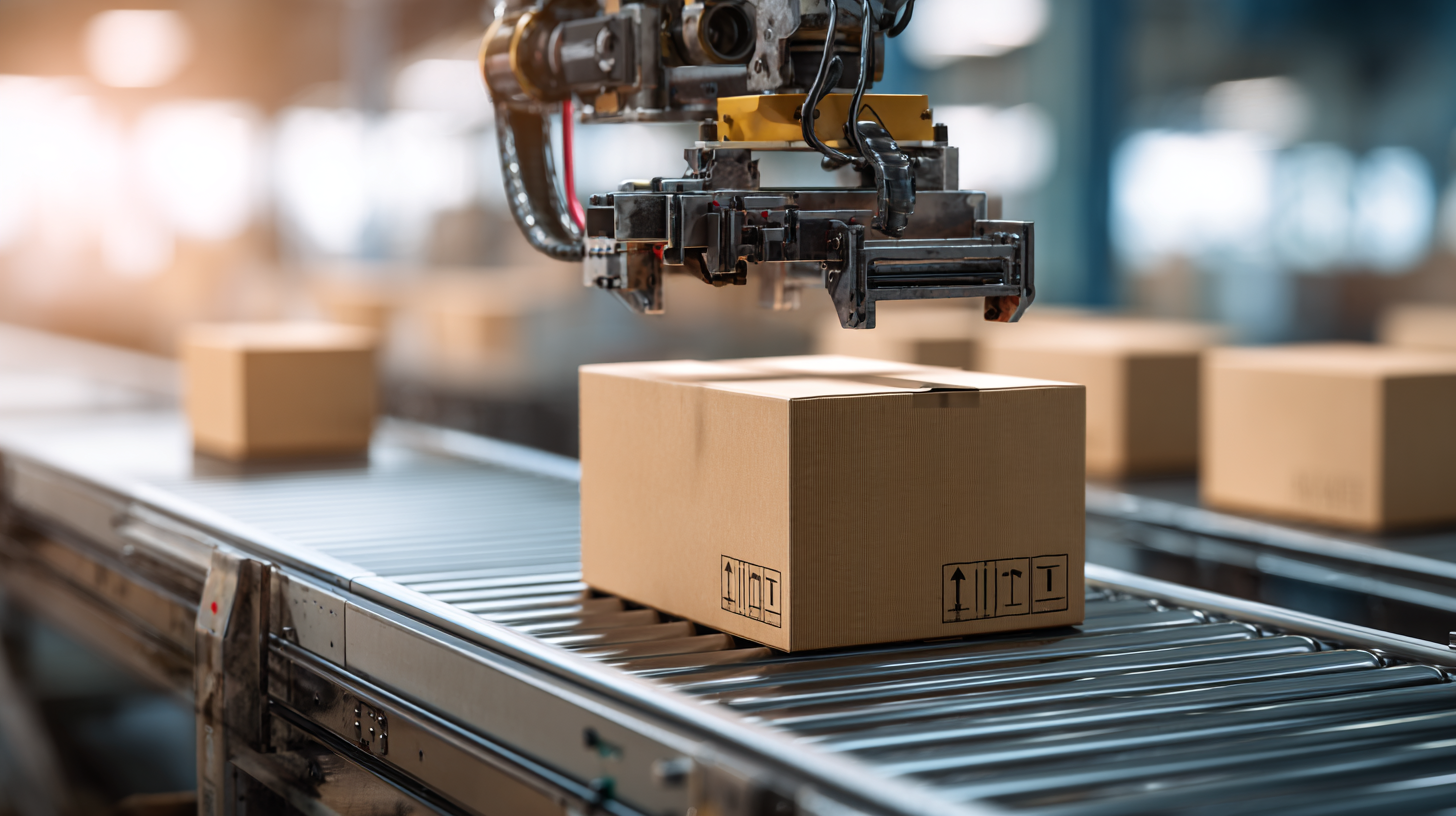Challenges Faced by Global Buyers When Selecting the Best Case Erector
In today's fast-paced global marketplace, selecting the best case erector is a critical decision for buyers looking to enhance their packaging efficiency and productivity. However, this process is fraught with challenges, as buyers must navigate a plethora of options, varying technologies, and a multitude of vendor claims. With the rise of automation and the increasing demand for sustainable packaging solutions, global buyers are tasked with not only understanding the technical specifications of different case erectors but also evaluating their credibility and long-term value. The ability to identify a case erector that aligns with specific operational needs, budget constraints, and future growth plans is paramount. This blog will explore the benefits of selecting the right case erector, while also addressing the common hurdles faced during the selection process, ensuring buyers are well-equipped to make informed choices in an ever-evolving market.

Challenges in Assessing the Quality Standards of Case Erectors in Global Markets
In today’s competitive landscape, global buyers face significant challenges when evaluating the quality standards of case erecting machines. One primary concern is the lack of uniformity in quality certifications across different regions. For instance, a report from the Packaging Machinery Manufacturers Institute (PMMI) highlights that approximately 35% of manufacturers do not adhere to internationally recognized standards, complicating the comparison process for buyers across borders.

Additionally, technological advancements have led to a surge in the number of case erectors available on the market. According to a 2022 study by Grand View Research, the global case erector market is projected to reach $5.63 billion by 2027, with a compound annual growth rate (CAGR) of 4.8%. This rapid growth indicates an overwhelming number of options for buyers, making it increasingly difficult to assess not only the quality but also the reliability and efficiency of these machines. Furthermore, varying regulations and operating standards can render product assessments inconsistent, emphasizing the need for thorough due diligence in supplier evaluation.
Impact of Automation Trends on the Selection Process for Case Erectors
The selection of the right case erecting equipment is increasingly influenced by automation trends, transforming traditional procurement processes. With the advent of smart technologies and Industry 4.0, global buyers are now faced with the challenge of identifying case erectors that not only meet their current operational needs but also align with future automation goals. Automated systems can reduce labor costs, enhance production speed, and improve precision, making them an attractive option for companies looking to optimize their supply chains.
As automation continues to evolve, buyers must consider the integration capabilities of potential case erectors with existing machinery and software. Compatibility with automated guided vehicles (AGVs), robotics, and enterprise resource planning (ERP) systems can heavily influence the decision-making process. Additionally, the ability of the equipment to collect and analyze data in real time allows for smarter operations, granting companies the flexibility to respond quickly to market demands. In this landscape, selecting the best case erector requires a strategic approach that prioritizes not just immediate performance but long-term automation compatibility and scalability.
Challenges Faced by Global Buyers When Selecting the Best Case Erector
Evaluating Supplier Reliability: The Challenge for Global Buyers in Choosing Case Erectors
When global buyers set out to select the best case erector, one of the significant challenges they encounter is evaluating supplier reliability. According to a report by Market Research Future, the global case erector market is expected to grow at a CAGR of 5.7% from 2020 to 2027, highlighting a competitive landscape filled with numerous suppliers. However, not every vendor can meet the quality and service commitments necessary for a successful partnership. Businesses must ensure they are choosing a supplier known for consistency, quality production, and timely delivery.
To alleviate concerns about supplier reliability, buyers should conduct thorough due diligence, which includes analyzing supplier reviews, conducting site visits, and evaluating performance metrics. It is crucial to inquire about supplier certifications and adherence to industry standards, as this can provide insights into their operational integrity.
Tips: Establishing a robust communication framework with potential suppliers can also yield valuable information about their reliability. Additionally, consider starting with a trial period or pilot project to gauge the supplier's performance before committing to a long-term contract. This approach will not only build trust but also allow for adjustments based on real-time feedback.
Cost vs. Performance: Balancing Budget Constraints with Quality in Case Erector Purchases
When global buyers embark on the journey of selecting the best case erector, one of the most pressing dilemmas they face is the balance between cost and performance. Budget constraints often dictate purchasing decisions, leading buyers to prioritize lower-cost options. However, opting for the cheapest solution can come at a hidden cost, potentially compromising quality and efficiency in the long run. Thus, it becomes imperative for buyers to carefully evaluate the true value of a case erector, taking into account factors such as functionality, durability, and maintenance requirements.
Investing in a high-performance case erector may require a larger upfront expenditure, but it often results in improved operational efficiency, lower downtime, and enhanced product quality. Buyers should conduct thorough research and cost-benefit analyses, considering not just the initial purchase price but also the potential savings derived from reduced labor costs and increased throughput. By striking a thoughtful balance between cost and performance, buyers can ensure that their case erector investments lead to sustainable success and a stronger competitive edge in the marketplace.
Navigating Cultural and Communication Barriers in International Case Erector Sourcing
In the realm of international case erector sourcing, cultural and communication barriers can significantly hinder global buyers from making informed decisions. A recent study by Markets and Markets suggests that the global case erecting machines market is projected to reach $3.72 billion by 2026, reflecting a CAGR of 5.2% from 2021. This growth underscores the increasing demand for efficient packaging solutions. However, navigating the complexities of different cultures and languages can create challenges. For instance, negotiation styles may vary dramatically: while Western buyers may favor direct communication, Asian cultures often rely on indirect methods, which can lead to misunderstandings.

Moreover, a report from Deloitte highlights that poor communication can lead to a 30% decrease in productivity in global teams. This statistic emphasizes the importance of employing interpreters or bilingual staff when discussing technical specifications or contract terms. Building relationships based on mutual respect and understanding is crucial; buyers should invest time in learning about their suppliers' cultural norms. By bridging these gaps, buyers not only enhance collaboration but also foster trust, ultimately leading to successful sourcing and long-term partnerships in the competitive case erecting industry.
